The Dell Pro Max 16 Plus is a superb mobile workstation with one major flaw
The Pro Max 16 ticks almost all the mobile workstation boxes, but you'll need to love numeric keypads

-
+
Robust, versatile design
-
+
Good performance for the size
-
+
OLED display is stunning
-
-
Cramped keyboard
-
-
Thermal design is pushed to the limit
-
-
Big and heavy

As the middle child in Dell's Pro Max line-up, the Pro Max 16 Plus marks the point where true workstation performance begins. Intel's Arrow Lake HX processors up the core count, RAM capacity soars up to 128GB, and you can take your pick of Nvidia's RTX Pro GPUs all the way up to the high-end RTX Pro 5000 Blackwell.
But first, it's worth clarifying that there are really only two no-compromise workstations in Dell's new Pro Max line-up: the Pro Max 16 Plus and the Pro Max 18 Plus. And by no-compromise, we mean top-end CPUs matched with high-end discrete GPUs.
For reference, the Pro Max 16 Premium is not an upgraded version of the Plus – it's a slimmer, lighter 16-inch model which uses lower-wattage CPUs and GPUs to match. Just like the smaller Pro Max 14 Premium, it's limited to lower-wattage Arrow Lake-H processors and Nvidia's RTX Pro 2000 chips and below.
If it's ultimate mobile power that you seek, and you have the IT budget to suit, the Pro Max 16 Plus is the model you should be looking at.
Dell Pro Max 16 Plus: Specifications
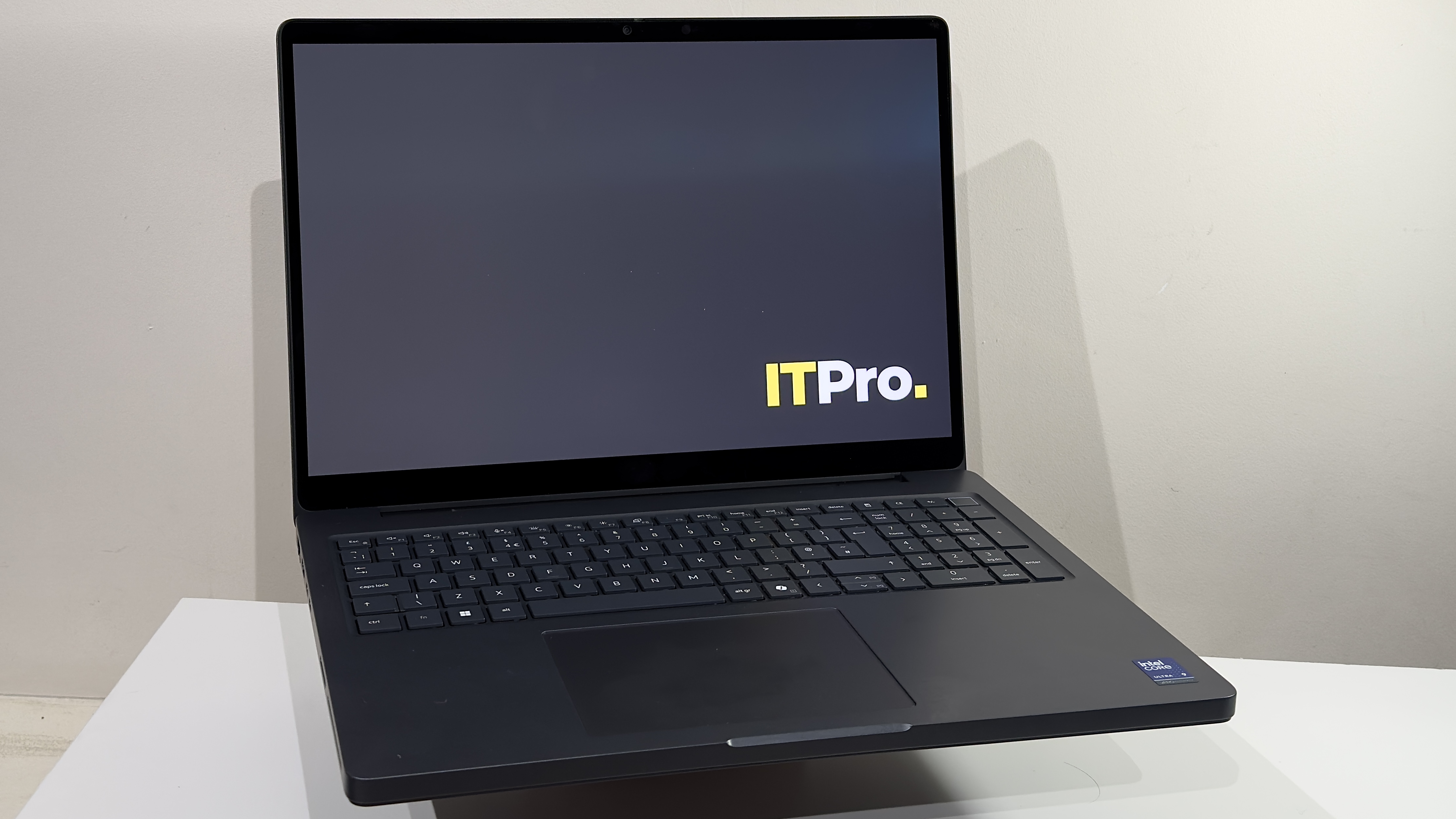

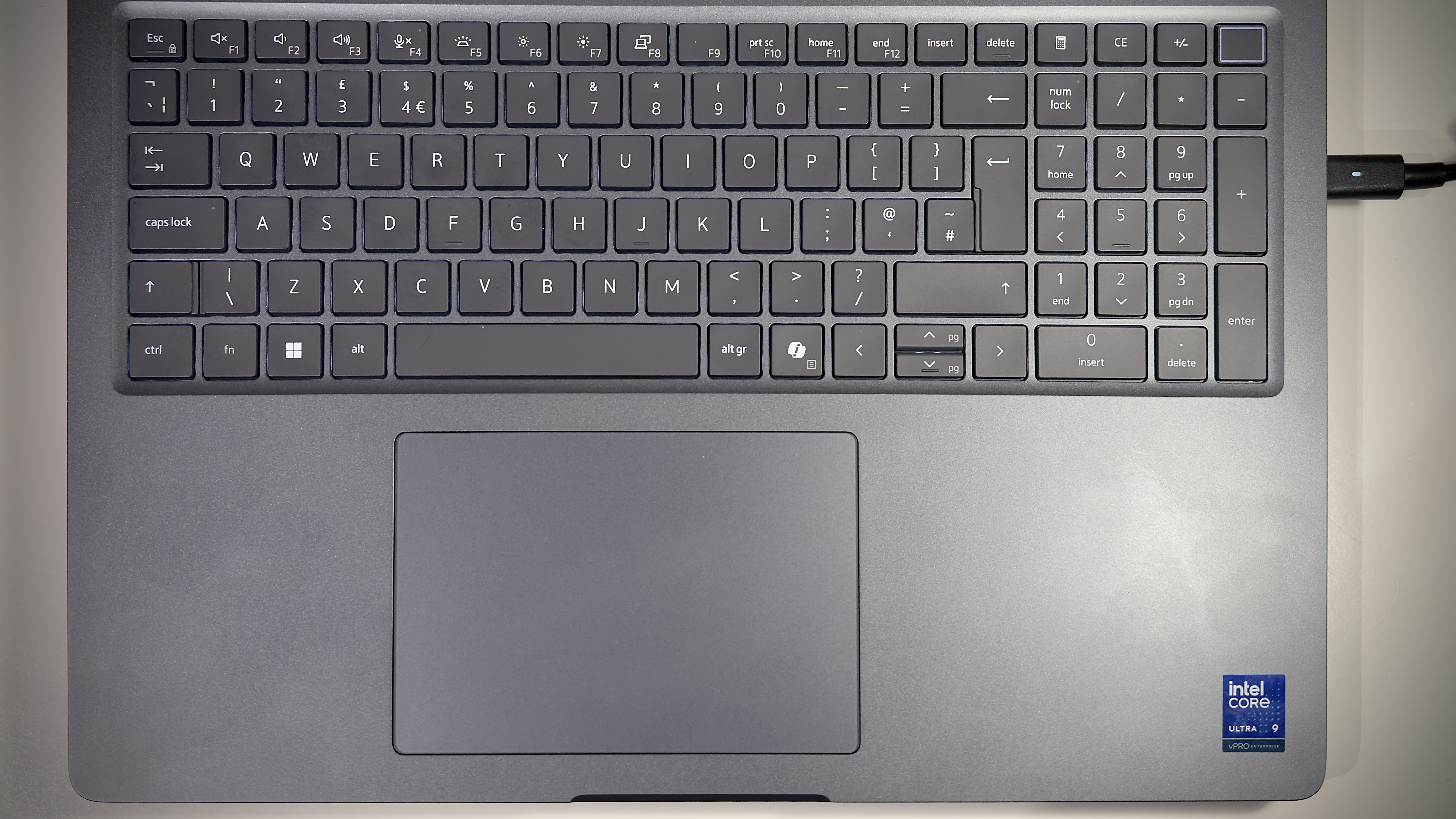
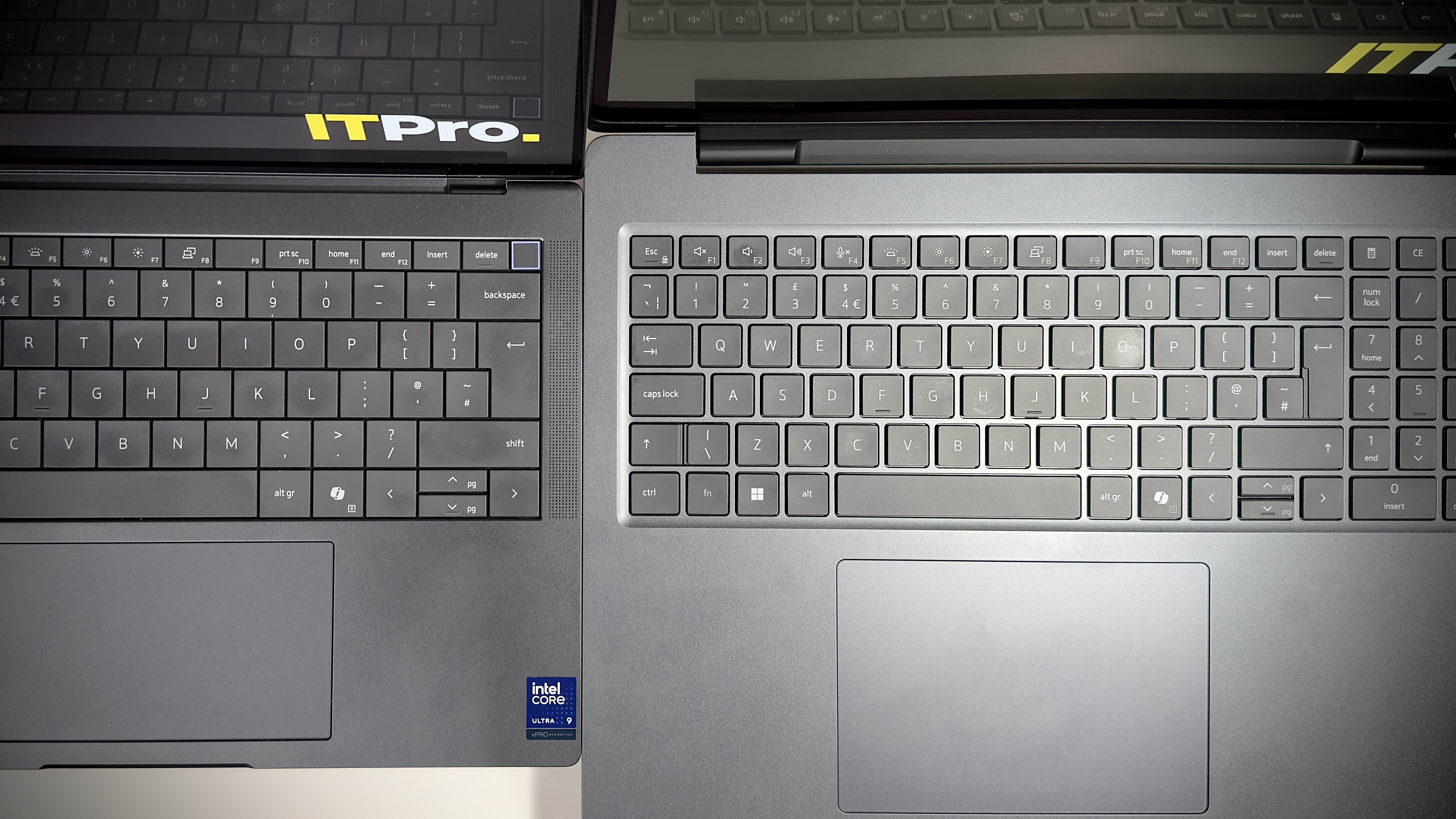
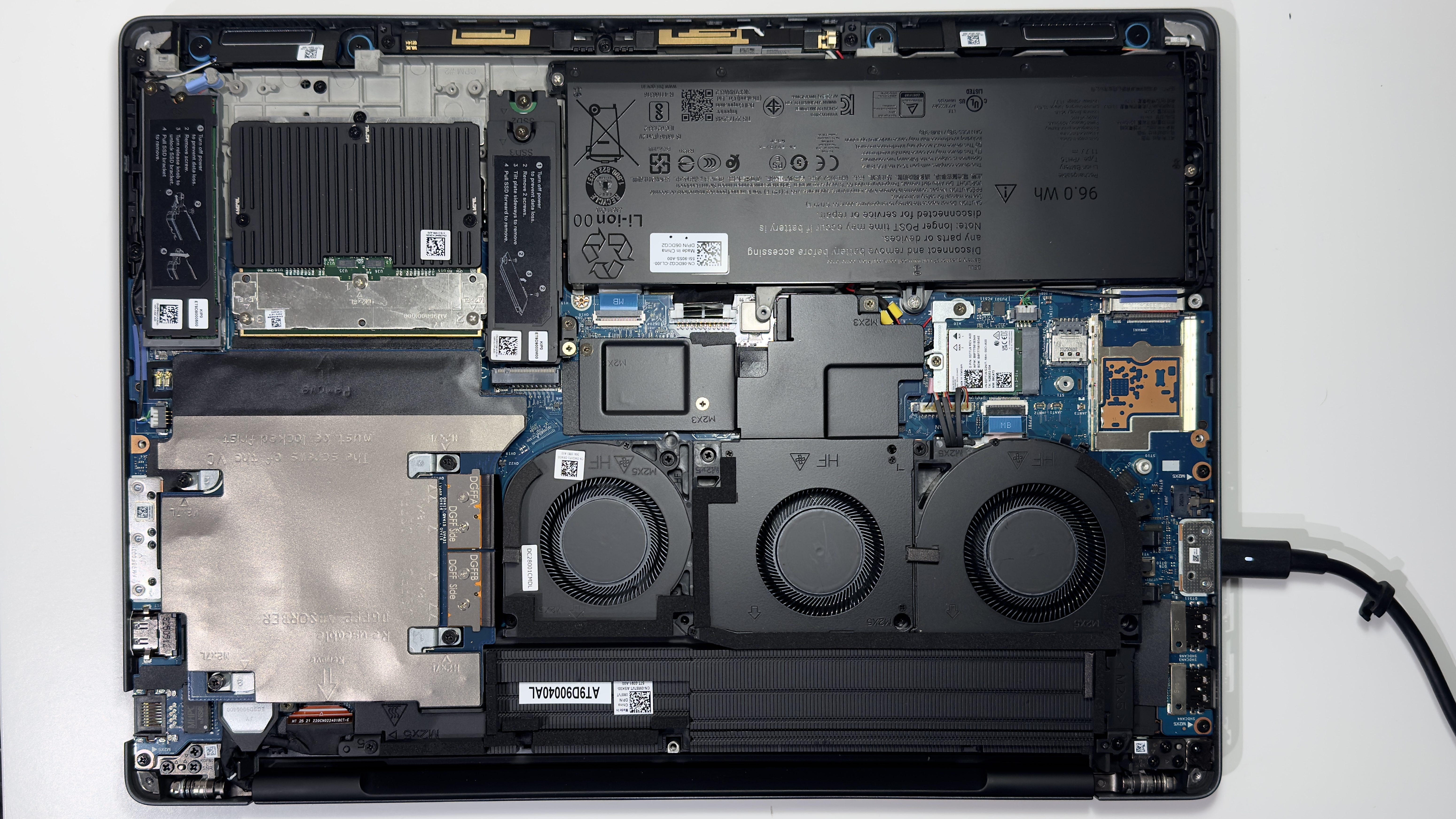

Dell's marketing for the Pro Max 16 Plus includes the phrase "exceptionally scalable performance", and while it sounds like hyperbole, it's actually spot on. Depending on how much money you can afford to throw at the specification, the Pro Max 16 Plus can be anything from a modestly powerful 16-inch laptop to a money-no-object high-end mobile workstation.
Click the Customise button on Dell's website and, at the time of writing, the base specification costs a mere £1,402.40. That gets you a Core Ultra 5 245HX CPU replete with 14 cores, 16GB of memory on a single DDR5 CSODIMM (one slot left helpfully unoccupied), a 256GB PCIe Gen 4 SSD, and a very basic 1,920 x 1,200 display with ~60% sRGB coverage and 300cd/m2 peak brightness. You don't have to have Windows 11 Pro installed, either. Ubuntu 24.04 LTS will knock £101 off the price.
The appeal, even at this level, however, is upgradability – buy a basic model and you can upgrade the RAM and SSD yourself. You don't even have to settle for a single SSD – you can specify up to three pre-installed PCIe drives, and take your pick from Gen 4 and Gen 5 models. The base models come with dual CSODIMM slots, or if you're dead set on CAMM2, you can shell out £500 for the 64GB CAMM2 upgrade. You can fit your own WWAN card, too, or the Qualcomm Snapdragon X72 5G module is an extra £190.
Sign up today and you will receive a free copy of our Future Focus 2025 report - the leading guidance on AI, cybersecurity and other IT challenges as per 700+ senior executives
If a discrete GPU is essential, then there's the choice of five Nvidia RTX Pro variants. The 8GB RTX Pro 1000 (+£434), 8GB RTX Pro 2000 (+£589), 12GB RTX Pro 3000 (+£1,112), 16GB RTX Pro 4000 (+£1,593), or the 24GB RTX Pro 5000 (+£2,668). If you wait patiently until later in the year, Dell will also be offering the option to swap the discrete GPU for Qualcomm's 64GB AI 100 accelerator, which opens the door to even larger AI models.
Once you set your sights on the no-compromise high-end, the price swiftly soars to terrifying levels. Our £7,170 review unit upgraded the base model with a Core 9 Ultra 285HX (+£470), 128GB of LPCAMM2 memory (+£1,456), a 2TB PCIe Gen 5 SSD (+£320), an RTX Pro 5000 (+£2,668), and the 4K OLED touchscreen (+£435). The higher specifications also require an upgraded PSU – going from the standard 165W to the uprated 280W adapter is £27.
Dell Pro Max 16 Plus: Design & connectivity

Readers will be unsurprised to hear that the Pro Max 16 Plus is a chunky lump of a laptop. If you're expecting staff to carry it around on a regular basis, you may want to ensure they have suitable health cover. This isn't a laptop you'll want to transport on a regular commute.
The total weight is over 3.5kg: the laptop weighs 2.88kg, and you'll need to add a further 652g for the 280W AC adapter if you opt for one of the faster CPU/GPU combinations. Dimensions are anything but slimline, too: with the optional quick access bottom door, you're looking at a laptop that's 31mm thick, and has a 36cm by 26cm footprint.
The body is all plastic, but it's tough and stiff in all the right places. It feels like a laptop that's been built to last. The display hinges are taut, and while there's a little flex in the display, there's not much – and in any case, the thickness of the lid and display assembly looks like it could take a few knocks. The base is really solid-feeling. It's only once you really shove on the keyboard deck that you can get it to shift a couple of millimetres up and down.
As you'd hope for a 16-inch laptop, connectivity is superb. The left flank provides drop-jaw 2.5GbE Ethernet, HDMI 2.1, two USB-C Thunderbolt 5 ports, a full-sized SD card slot, and a smart card reader (this is optional). Turn to the right-hand flank and you've got two 5Gbps USB-A ports, a single USB-C Thunderbolt 4 port, a 3.5mm headset port, and a lock slot. Wireless connectivity relies on the Intel BE200 card, which provides both Wi-Fi 7 and Bluetooth 5.4 connectivity. Bluetooth is optional, however.
There's an enthusiastic nod towards upgradability and repairability, too. Opt for the quick access bottom door option (+£13), and removing a single screw and sliding a latch gives access to the front part of the base to slide off. Once inside, you can access the 96Wh battery, the three M.2 2280 PCIe slots, and, for our review unit, the LPCAMM RAM module. The rear part of the panel is held on by another five screws – three captive, two removable – and this then unclips with a tiny bit of persuasion. That done, you'll gain access to the CPU and GPU, the mainboard and fan assemblies, and be able to access the Wi-Fi card and WWAN slot.
The webcam could be better. Our review unit had the upgraded 8MP HDR camera with IR sensor, but it's not as good as the similarly rated sensor in the Pro Max 14 Premium. There's dramatically more noise, and color reproduction is muted by comparison. It's acceptable for video calls, but not impressive. Depending on the main display option you choose, however, you may have to settle for the basic 1080P camera – you can't choose the camera assembly separately from the display.
The speakers are mediocre. Although you'd expect the larger chassis to provide enough room for some decent drivers, Dell has skimped here – the smaller Pro Max 14 Premium sounds vastly better. There's very little body to the sound, no lower midrange of bass to speak of, and the result is unpleasantly thin, scratchy-sounding audio. Listening to background music is not a pleasurable experience.
Dell Pro Max 16 Plus: Keyboard and touchpad
It's the Pro Max 16 Plus ergonomics that are likely to be most divisive. The Pro Max 16 Plus model doesn't just swap out the Pro Max 16 Premium model's slim metal chassis for a thick plastic one – it also swaps in a chiclet keyboard with a numeric keypad. Dell describes it as a "spacious" keyboard. Given the opportunity, we suspect some buyers may use stronger language to describe it.
For some people, the numeric keypad will be a huge plus point. Spreadsheet fans and data jockeys rejoice. Typists, however, will be less enamoured as it makes for a markedly more cramped layout.
The right shift, backspace, and Enter keys are narrowed to squeeze in the keypad, and while the wide channels between each key help to minimise typos, you'll have to take a fair bit of time to acclimatise to the abbreviated keys on the right-hand flank. Even after several weeks with the laptop, we still found ourselves bashing the numeric keypad when we meant to hit Enter or Backspace. The left-of-centre positioning is annoying, too, regardless of your political persuasion.

This isn't bad-tempered kvetching: there's no two ways around it. The keycaps are small. The main keyboard is markedly narrower than that of Dell's 13-inch and 14-inch laptops, and the small keys and off-centre position are less than ideal. It may be acceptable for precise typists with average-sized hands – but we suspect it'll be disliked by many users.
The Plus also loses the slick haptic touchpad from the Premium models, but this has a minimal impact by comparison. The large mechanical pad worked fine in our time with the Plus, and the deep expanse of wrist rest on either side gives plenty of space to quite literally rest your wrists, too.
Dell Pro Max 16 Plus: Display
Thankfully, the touchscreen OLED option is a delight. The glossy coating does an outstanding job of controlling glare from bright light sources, and subjectively, it looks stunning from the off. The 16:10 ratio panel provides a crisp, large desktop, and the 3,840 x 2,400 resolution makes for pin-sharp text and image detail. The 120Hz refresh rate does its bit to keep applications feeling slick and silky smooth, too.
Color accuracy is absolutely top-notch. In our tests, the panel reproduced 98% of DCI-P3 and 88% of the Adobe RGB colour gamut. Tested against a Display P3 target, the Dell achieved an average Delta E of 0.5. The report was one of the best we've seen on a laptop in recent memory. Peak brightness in SDR reached 527cd/m2, and both gamma and greyscale tracking were nearly perfect. It's definitely worth the £428 premium over and above the most basic panel.
HDR performance is excellent, too. It easily lives up to its DisplayHDR 1000 True Black certification with peak brightness of well over the 1,000cd/m2 mark. We recorded a peak brightness of 1,088cd/m2 on a 2% window, and impressively, it maintained this brightness all the way up to a 10% window before tailing off steadily.
Dell Pro Max 16 Plus: Performance

It's here where the larger chassis begins to pay dividends. Dell draws attention to the triple fans and vapor chamber cooling for the GPU, and this promises the ability to go some way towards taming the prodigious combined 300W+ TDP of high-end Arrow Lake CPU and Nvidia RTX GPU pairings. Well, almost, as we'll discuss shortly.
With the 24-core Core UItra 9 285HX at the helm, it's no surprise to find that the Pro Max 16 Plus leaves most of the smaller competitors that we've reviewed recently in the dust. Single-core performance is up to 9% ahead of the Core Ultra 7 285H in the Dell Pro Max 14 Premium, and the 285HX's increased core count – 24 to the 285H's 16 – sees it pull 23% in Geekbench 6 and 77% ahead in Cinebench 2024. All fairly predictable given the higher TDP and core count.
The presence of the RTX Pro 5000 pushes GPU performance sky high, too. The huge increases in memory bandwidth and processing power over lesser GPUs are clear to see. In our usual Geekbench 6 Open CL tests, the RTX Pro 5000 was a mere 70% faster than the RTX Pro 1000 in Dell's Pro Max 14 Premium, but 3DMark's various tests saw it stretch its legs and open up a 2.5x to 3x performance increase.
The more interesting question here is whether the Pro Max 16 Plus's thermal design is capable of getting maximum performance from the fastest Intel and Nvidia chips. Going by our testing, that's asking a little too much of a 16-inch laptop. Or at least it is once you start eyeing up the fastest and most power-hungry hardware combinations – such as the top-end CPU and GPU pairing we have here.
Tested in isolation, both the CPU and GPU perform well. Tax the CPU with Cinebench 2024's multi-core test, and it boosts up to between 130W and 155W for about 20 seconds
before dropping back to 110W and steadily dropping the power down to 100W or so to keep temperatures under 105C. Two minutes later you're down to around 92W and temperature settles down to ~90C.
Similarly, if you leave the CPU idle and push the RTX Pro 5000 to 99% usage, then the Dell ramps up the fans. The GPU's maximum TDP reaches 175W on paper, but we saw it topping out at around 150W initially with temperatures hovering around 80C.
Push both CPU and GPU hard together, however, and the Pro Max 16 Plus simply couldn't keep both working to their potential. In instances where the GPU was working flat out, we noted that the CPU had a tendency to throttle itself down to around a 30W to 40W TDP and stay there until the GPU usage dropped.
As is the way of things, two firmware updates arrived during our testing. The second of these seemed to address some of the throttling behaviours we noted with the previous firmware. After this update, however, the RTX Pro 5000 started boosting momentarily as high as 200W, and settled on a steady 160-165W on flat-out GPU-only workloads. The CPU, too, now boosted up to its maximum 160W TDP for a few seconds before settling down to around 90 watts for extended all-core CPU only workloads. Dell is clearly still ironing out the wrinkles, so it'll be interesting to see if any further firmware updates make any major changes before we return the unit.
By the looks of things, Dell is aiming at a sustained 180W TDP for both CPU and GPU. This seems like a sensible decision by Dell to balance performance with usability. Firstly, no matter how hard you push it, the surface temperatures of the laptop remain sensible. Underneath the laptop gets warm towards the rear, but not so much so that you couldn't feasibly have it on your lap, and similarly, the keyboard doesn't get more than slightly warm. As the fans eject most of the hot air up from the vents between the display hinges, it's the bottom bezel of the screen that gets warmest.
It's not even horribly loud, either. Working flat out, the fans spin up to create a very audible whoosh of air. It's not horribly irksome, though, even at full bore. It reaches around 43db from half a metre away, and the only potential annoyance is that there's a very faint high-pitched whine to our ears -- our audio analyser app showed small spikes around 15 and 20khz. Younger ears are more likely to find these intrusive or prominent.
It's no surprise to find that battery life is very poor. The 96Wh battery is probably best thought of as a handy integrated UPS rather than anything else. With screen brightness dimmed down to 170cd/m2 and wireless radios disabled, even our very lightweight video rundown test only lasted for 5 hours and 18 minutes. It's possible that you might be able to squeeze out a little more stamina with some judicious tweaking of settings, but start pushing the CPU and GPU even lightly, and you'll be looking at a couple of hours. And probably a lot less.
Dell Pro Max 16 Plus: Is it worth it?
By this point in the review, you've already decided if you're going to buy this laptop. Most of the negative points are inherent to the 16-inch workstation form factor – size, weight, battery life – and the only real standout issue for many users that remains is the keyboard. If you're the type of user who needs a numeric keypad, then you'll be more forgiving. If you're not, it may be a deal breaker.
It's a shame because there are so many good points to appreciate here. The broad customisability makes for a mobile workstation that can be tailored to suit a wide range of applications, workloads, and IT budgets. It stops frustratingly short of brilliance, but if it ticks the right boxes for your business, the Dell Pro Max 16 Plus may be the semi-portable powerhouse you were looking for.
Dell Pro Max 16 Plus specifications
Display | 16‑inch 3,840 × 2,400 OLED touchscreen, 30-120Hz | Row 0 - Cell 2 |
Processor | Intel Core Ultra 9 285HX (24 cores, up to ~5.4 GHz) | Row 1 - Cell 2 |
GPU | NVIDIA GeForce RTX 5000 Blackwell (24GB GDDR7) | Row 2 - Cell 2 |
RAM | 128GB CAMM2 | Row 3 - Cell 2 |
Ports | 2 × USB‑C (Thunderbolt 5), 1 x USB-C (Thunderbolt 4), 2 x USB-A (USB 3.2 Gen 1 5Gbps), 3.5 mm headset port, 1 × SD card reader, 1x Smart Card reader | Row 4 - Cell 2 |
Camera | 8.3MP camera (IR, dual array microphones, privacy shutter) | Row 5 - Cell 2 |
Storage | 2TB PCIe Gen 5 SSD | Row 6 - Cell 2 |
Connectivity | Wi‑Fi 7, Bluetooth 5.4 | Row 7 - Cell 2 |
Weight | 2.55kg | Row 8 - Cell 2 |
Dimensions | 360 × 259 × mm | Row 9 - Cell 2 |
Battery Capacity | 69.5 Wh | Row 10 - Cell 2 |
Operating System | Windows 11 Home | Row 11 - Cell 2 |
Sasha is a freelance journalist who's been writing about tech and consumer products for over two decades. With a career that started at the dawn of the millennium on Computer Buyer magazine, he passed through the official Intel Centrino magazine, Mobile Computer, before rounding off his print career on PC Pro magazine where he reviewed a broad spectrum of hardware and software before eventually specializing in laptop and monitor reviews. After the best part of a decade, he defected to the desks on the other side of the office and spent many years working on Expert Reviews before finally going freelance in 2024. Nowadays, he splits his time between reviewing tech and home appliances, falling off mountain bikes and cleaning up his kids' playroom.
-
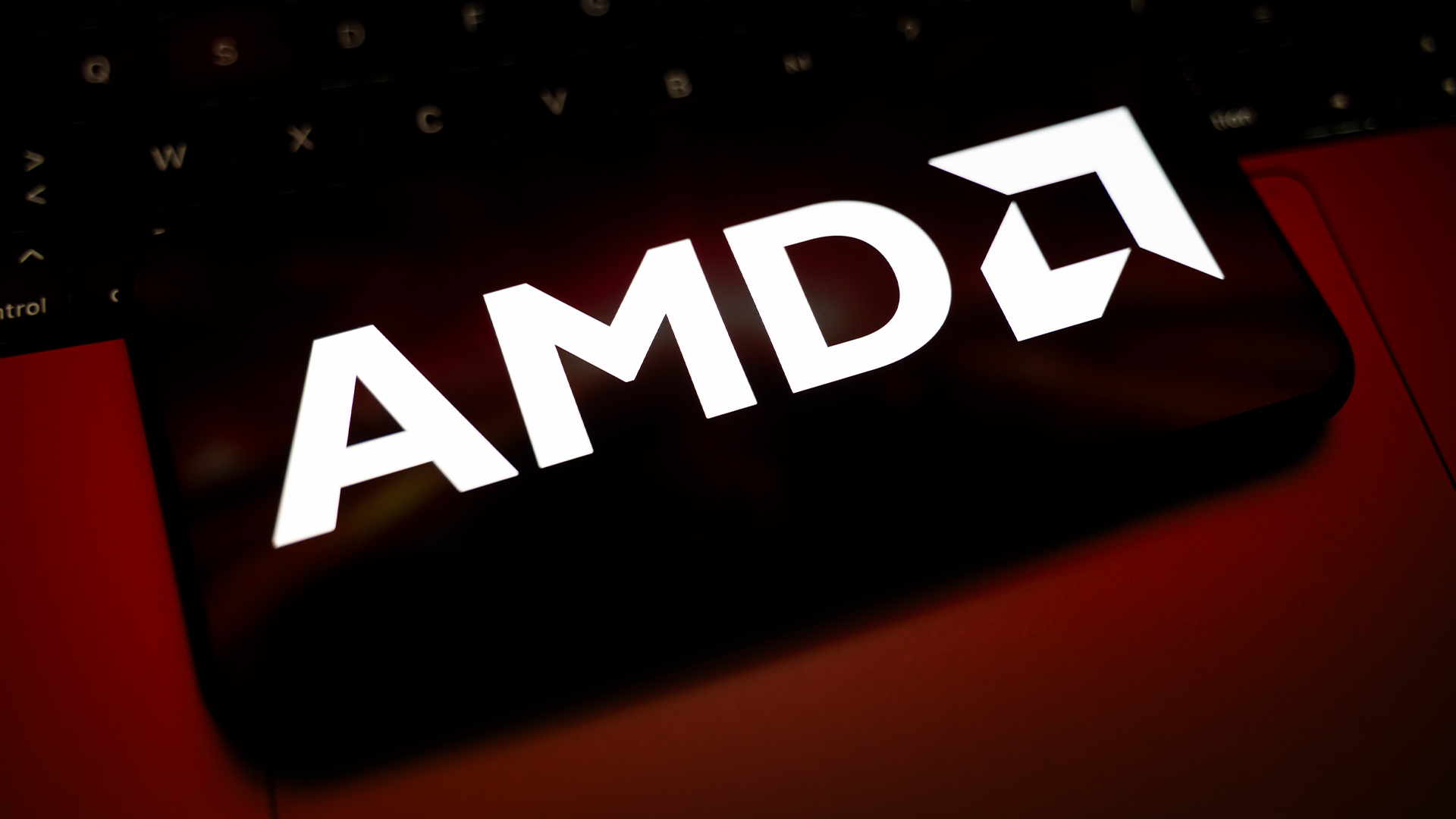 France is getting its first exascale supercomputer – and it's named after an early French AI pioneer
France is getting its first exascale supercomputer – and it's named after an early French AI pioneerNews The Alice Recoque system will be be France’s first, and Europe’s second, exascale supercomputer
By Ross Kelly Published
-
 Big tech looks set to swerve AI regulations – at least for now
Big tech looks set to swerve AI regulations – at least for nowNews President Trump may be planning an executive order against AI regulation as the European Commission delays some aspects of AI Act
By Nicole Kobie Published
-
 Most in-house IT builds are doomed to fail – here’s why
Most in-house IT builds are doomed to fail – here’s whyNews New research indicates that DIY projects are a false economy
By Emma Woollacott Published
